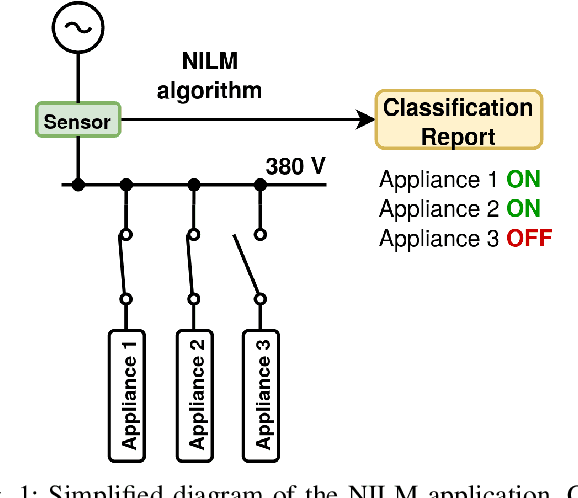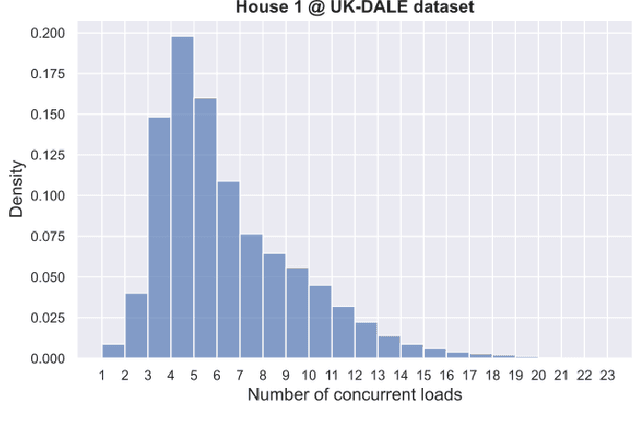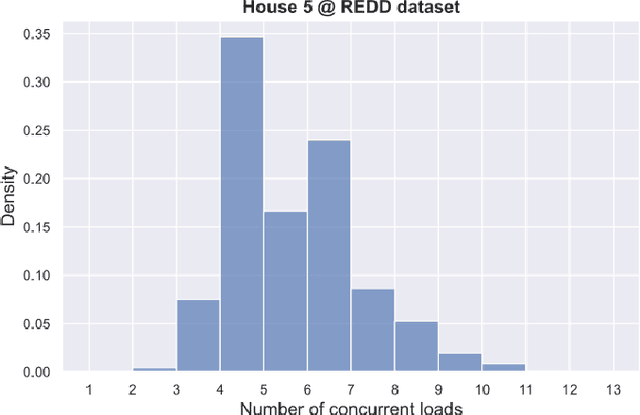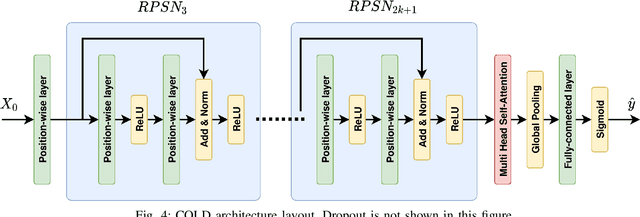Ilia Kamyshev
Enhancing Non-Intrusive Load Monitoring with Features Extracted by Independent Component Analysis
Jan 28, 2025Abstract:In this paper, a novel neural network architecture is proposed to address the challenges in energy disaggregation algorithms. These challenges include the limited availability of data and the complexity of disaggregating a large number of appliances operating simultaneously. The proposed model utilizes independent component analysis as the backbone of the neural network and is evaluated using the F1-score for varying numbers of appliances working concurrently. Our results demonstrate that the model is less prone to overfitting, exhibits low complexity, and effectively decomposes signals with many individual components. Furthermore, we show that the proposed model outperforms existing algorithms when applied to real-world data.
Physics-informed appliance signatures generator for energy disaggregation
Jan 03, 2024Abstract:Energy disaggregation is a promising solution to access detailed information on energy consumption in a household, by itemizing its total energy consumption. However, in real-world applications, overfitting remains a challenging problem for data-driven disaggregation methods. First, the available real-world datasets are biased towards the most frequently used appliances. Second, both real and synthetic publicly-available datasets are limited in number of appliances, which may not be sufficient for a disaggregation algorithm to learn complex relations among different types of appliances and their states. To address the lack of appliance data, we propose two physics-informed data generators: one for high sampling rate signals (kHz) and another for low sampling rate signals (Hz). These generators rely on prior knowledge of the physics of appliance energy consumption, and are capable of simulating a virtually unlimited number of different appliances and their corresponding signatures for any time period. Both methods involve defining a mathematical model, selecting centroids corresponding to individual appliances, sampling model parameters around each centroid, and finally substituting the obtained parameters into the mathematical model. Additionally, by using Principal Component Analysis and Kullback-Leibler divergence, we demonstrate that our methods significantly outperform the previous approaches.
COLD: Concurrent Loads Disaggregator for Non-Intrusive Load Monitoring
Jun 04, 2021



Abstract:The modern artificial intelligence techniques show the outstanding performances in the field of Non-Intrusive Load Monitoring (NILM). However, the problem related to the identification of a large number of appliances working simultaneously is underestimated. One of the reasons is the absence of a specific data. In this research we propose the Synthesizer of Normalized Signatures (SNS) algorithm to simulate the aggregated consumption with up to 10 concurrent loads. The results show that the synthetic data provides the models with at least as a powerful identification accuracy as the real-world measurements. We have developed the neural architecture named Concurrent Loads Disaggregator (COLD) which is relatively simple and easy to understand in comparison to the previous approaches. Our model allows identifying from 1 to 10 appliances working simultaneously with mean F1-score 78.95%. The source code of the experiments performed is available at https://github.com/arx7ti/cold-nilm.
 Add to Chrome
Add to Chrome Add to Firefox
Add to Firefox Add to Edge
Add to Edge